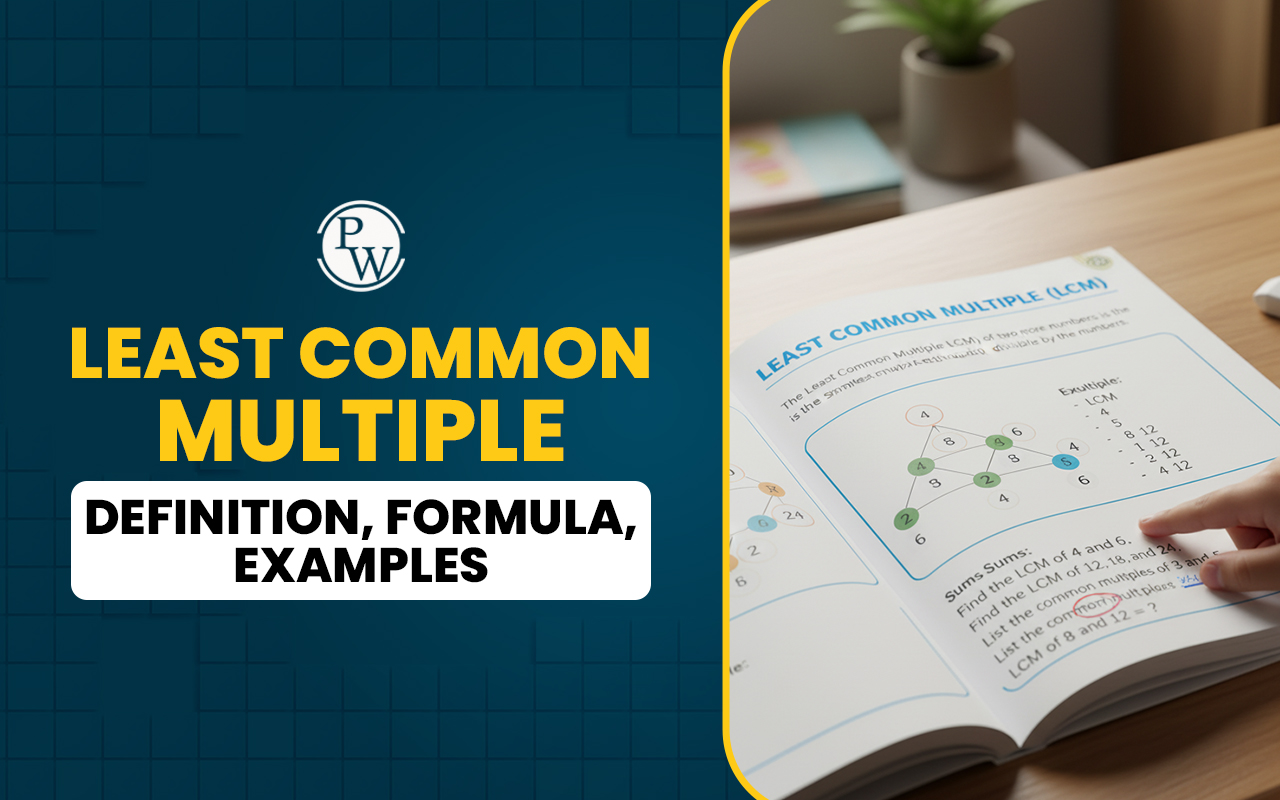
NCERT Solutions for Class 4 EVS Chapter 1 Going to School: NCERT Solutions for Class 4 EVS Chapter 1 "Going to School" likely focuses on introducing young learners to the concept of schooling and education. It explain various aspects such as the importance of education, different types of schools, daily routines at school, and the roles of teachers and students.
The chapter also discuss the diversity of experiences students have while going to school, including activities, friendships, and learning environments. Overall, NCERT Solutions for this chapter would aim to engage students in understanding the value and experiences associated with attending school.NCERT Solutions for Class 4 EVS Chapter 1 Going to School Overview
NCERT Solutions for Class 4 EVS Chapter 1 "Going to School" are created by subject experts of Physics Wallah to help students understand what it's like to go to school. These solutions explain why school is important and talk about different types of schools, daily routines, and the roles of teachers and students. They also cover what students learn and do at school. The solutions are designed to make learning fun and easy, helping students appreciate school and learn more about the world around them.NCERT Solutions for Class 4 EVS Chapter 1 Going to School PDF
Here are the NCERT Solutions for Class 4 EVS Chapter 1 Going to School, which can give students more confidence in their ability to do well in their final exams. Students who use the NCERT Solutions reference guide succeed academically.NCERT Solutions for Class 4 EVS Chapter 1 Going to School PDF
NCERT Solutions for Class 4 EVS Chapter 1 Going to School
Below we have provided NCERT Solutions for Class 4 EVS Chapter 1 Going to School for the ease of the students –NCERT Solutions for Class 4 EVS Chapter 1 Going to School Page No: 1
Try these

1. Collect some bricks. Lay them on the ground in a line as shown in the picture. Try walking on them. Was it easy?
Answer:
Yes, it was easy.2. Make a small bridge by tying 4 or 5 bamboo poles together. Ask your teacher to help you. Now walk on your bridge. How did you feel? Did you fall down? If you walk like this a few times, you will start finding it easy.
Answer:
When I walked on the bamboo bridge, it felt quite tough and I was scared. No, I did not fall, but it was thrilling. If I walk like this a few times, I believe I will start finding it easy.Bamboo Bridge

1. Do you think it would be easier to walk on this bridge barefoot or with shoes or slippers? Why?
Answer:
Walking barefoot on the bridge provide better grip and stability than wearing shoes or slippers, enhancing balance and control.Let us do
1. Observe pictures 1 and 2. In the pictures, children are pulling the buckets from the well. Can you tell the difference in both the pictures? Which would be easier – using the pulley or not using it to lift things?

Answer:
In picture 1, the boy is trying to pull the bucket directly from the well without using a pulley, which requires more effort as he has to lift the weight of the bucket and water with his own strength. In picture 2, the boy is using a pulley system to pull the bucket filled with water. The pulley reduces the effort needed because it allows him to use less force to lift the bucket by distributing the weight and providing mechanical advantage.2. Look around you – where all do you see the use of pulleys? List them.
Answer:
Pulleys are commonly used at construction sites, for hoisting flags, drawing water from wells, and lifting heavy objects efficiently due to their mechanical advantage and ability to distribute weight across multiple ropes or cables.Cement Bridge

1. How is this bridge different from a bamboo bridge?
Answer:
A cement bridge, made of bricks, cement, and iron rods, offers greater strength and durability compared to a bamboo bridge constructed from bamboo sticks, ropes, and poles. Cement bridges can support heavier loads and accommodate more people crossing at once due to their robust construction and stability.2. How many people do you think can cross the bridge at one time?
Answer:
The capacity of people that can cross a cement bridge at once is typically higher compared to a bamboo bridge. The exact number depends on factors like the length, width, and structural strength of the bridge, which determine its load-bearing capacity and safety for pedestrian or vehicular traffic.3. If you had a chance, which bridge would you like to use? Why?
Answer:
I would prefer using a cement bridge because it's stronger and easier to walk on compared to bamboo or other makeshift bridges.4. Do you have to cross any bridge on the way to your school? If yes, what is the bridge like? Draw its picture.
Answer:
Yes, I have to cross two cement bridges on the way to my school.5. Find out from your grandparents, what kinds of bridges were there when they were young.
Is there any bridge near your house? Find out more about the bridge.
Answer:
During the time when my grandparents when young, there were only bamboo and wooden bridges. Yes, there are bridges near my house.6. Where is the bridge – over water, over a road, between two mountains or somewhere else?
Answer:
The bridge near your house, situated over a river, plays a crucial role in connecting areas and facilitating transportation.7. Who all use the bridge? Is it used by people on foot and also by vehicles and animals?
Answer:
As it's a cement bridge, it serves as a crucial pathway for various users, including people, vehicles, and animals. Cement bridges are sturdy and designed to withstand heavy loads and frequent use, ensuring safe and reliable transportation across the river for everyone in the community.8. Does the bridge seem to be old or is it new?
Answer:
The bridge seems to be quite old.9. Find out what materials are used in making this bridge. List some of them.
Answer:
Since it's a cement bridge, it is likely constructed using cement for the structure, bricks for support or facing, and iron rods (rebar) for reinforcement. This combination of materials ensures the bridge's durability and strength, capable of supporting various loads and enduring the elements over time.10. Imagine what difficulties there would be, if the bridge was not there?
Answer:
If there were no bridge over the river, people would have relied on boats to cross, which can be time-consuming.Vallam

1. Have you seen any other kind of boats?
Answer:
Yes, I have seen other kinds of boats. Some of them are row boat, motor boat, house boat and paddle boat2. Can you think of other ways by which we can travel on water?
Answer:
Transporting by ship, steamer, water scooter, raft, and other watercraft are additional ways people travel on water: Ship: Large vessels used for transporting cargo and passengers across oceans and seas, often equipped with amenities for long-distance travel. Steamer: A type of ship or boat powered by steam engines, historically used for passenger transport and cargo shipping, now often used for leisure cruises. Water scooter: Small, motorized watercraft used for recreational purposes, known for their speed and maneuverability on lakes, rivers, and coastal waters. Raft: A simple, flat structure made from logs or inflatable materials, used for short-distance transport or recreation on rivers and calm waters.
1. Can you ride a bicycle? If yes, who taught you to ride?
Answer:
Yes, I can ride a bicycle. My father taught me to ride it.2. How many children come on bicycles to your school?
Answer:
Nearly 200 students come on bicycles to my school.Benefits of NCERT Solutions for Class 4 EVS Chapter 1
- Concept Clarity: NCERT Solutions provide clear explanations and examples that help students understand the importance of education and the roles of teachers and students in a school environment.
- Comprehensive Coverage: They cover various aspects of school life, including different types of schools, daily routines, and the activities students engage in, fostering a holistic understanding of the school experience.
- Engaging Activities: The solutions include interactive activities and exercises that make learning about school enjoyable and encourage students to think critically about their own experiences.
- Exam Preparation: By practicing with NCERT Solutions, students can prepare effectively for exams by understanding key concepts and practicing answering questions related to school life.
- Enhanced Learning: These solutions help students connect their everyday experiences at school with broader environmental studies concepts, promoting a deeper appreciation for education and its role in their lives.
Related Links-
NCERT Solutions for Class 4 EVS Chapter 1 FAQs
Why is going to school important?
What topics are covered in NCERT Solutions for EVS Class 4 Chapter 1- Going To School?
What did the girls use to ride on the roads to reach school?
How many people do you think can cross the bridge at one time?










